-

+86-577-57156888
-

-

+86-577-57155869
-

11th Floor, Building 6, Headquarters Economic Park, Yueqing, Zhejiang, China
Why Should Industries Use Built-in Bypass Soft Starters for Motor Control?
Industry News-Efficient motor operation is crucial for many industrial applications, and choosing the right control device can significantly impact both performance and equipment lifespan. Built-in Bypass Soft Starter and Three-phase motor soft starter solutions provide a practical approach for managing the start and stop cycles of heavy-duty motors. These devices integrate advanced control technology, making them increasingly common in sectors that rely on continuous motor-driven processes.
Smooth Start and Stop for Enhanced Equipment Longevity
A primary advantage of using a built-in bypass soft starter lies in its ability to gradually ramp up motor speed during start-up and reduce it during shutdown. Sudden electrical surges or mechanical shocks can cause premature wear on motor components and connected machinery. By controlling acceleration and deceleration, these soft starters help maintain structural integrity, reduce maintenance needs, and extend the overall service life of motors. For three-phase motor soft starters, this gradual approach also lowers the impact on power supply systems, which is especially valuable in plants with multiple high-power machines operating simultaneously. Over time, consistent soft starting can reduce vibration and mechanical stress on coupled equipment, contributing to fewer breakdowns and smoother production cycles.

Protection Against Electrical and Mechanical Faults
Industrial motors often face risks such as overload, phase loss, overcurrent, and voltage fluctuations. Built-in bypass soft starters incorporate protective features that continuously monitor motor performance and respond to abnormal conditions. For instance, if a sudden voltage drop occurs, the soft starter can adjust its output or disconnect the motor to prevent damage. This proactive protection not only safeguards the motor but also helps avoid unplanned downtime, which can be costly in production lines where timing and consistency are critical. Some models also provide diagnostic feedback, allowing maintenance teams to identify trends or recurring issues before they escalate.
Energy Efficiency and Operational Flexibility
The bypass function allows the motor to run with less resistance after reaching full speed, reducing the energy losses associated with continuous soft start operation. This feature can cause noticeable energy savings over time, particularly in applications with frequent start-stop cycles. Additionally, modern three-phase motor soft starters often include programmable settings, allowing operators to fine-tune acceleration curves, current limits, and timing parameters. Such flexibility enables better adaptation to different motor sizes and load conditions without needing separate external components. In some industrial setups, integration with automation systems further enhances efficiency by coordinating motor start-up with process requirements.
Applications Across Various Industries
Built-in bypass soft starters are widely applied in sectors like metallurgy, petrochemicals, firefighting systems, and mining operations. Any environment that requires controlled motor performance and consistent operational safety can benefit from these devices. From large pumps and fans to conveyors and compressors, the ability to manage mechanical stress and electrical load simultaneously makes these starters a practical choice for industrial engineers and plant managers. Their use can also improve safety for personnel by reducing the risk of sudden equipment movement or electrical faults during motor operation.
Ease of Integration and Compliance
Many soft starters, including built-in bypass models, are designed to comply with international standards and local certifications, ensuring that they meet safety and performance requirements. Their compact form factor and straightforward wiring make installation and integration into existing control panels simpler, reducing engineering effort and setup time. Once integrated, operators can often monitor performance digitally and adjust settings remotely, enhancing overall system management. This capability supports predictive maintenance strategies and helps maintain consistent production quality, making these devices a practical addition to modern industrial facilities.
 English
English 中文简体
中文简体 عربى
عربى
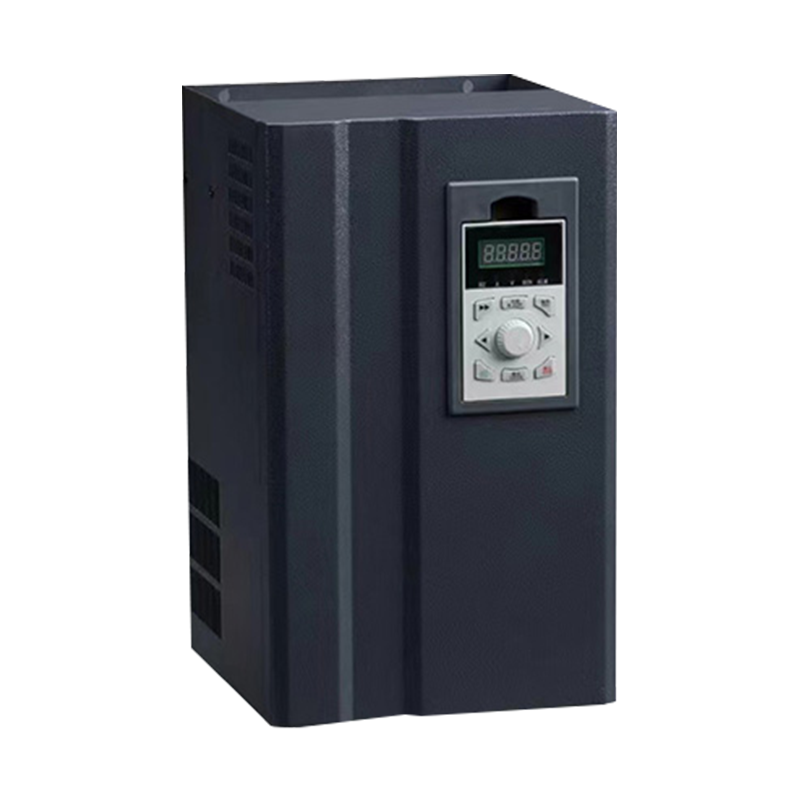
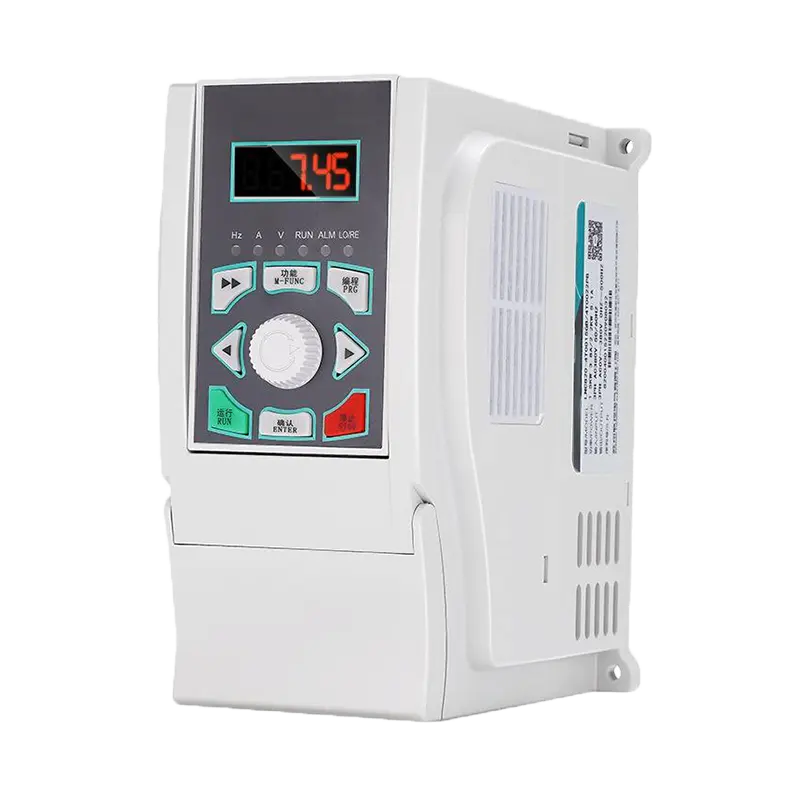
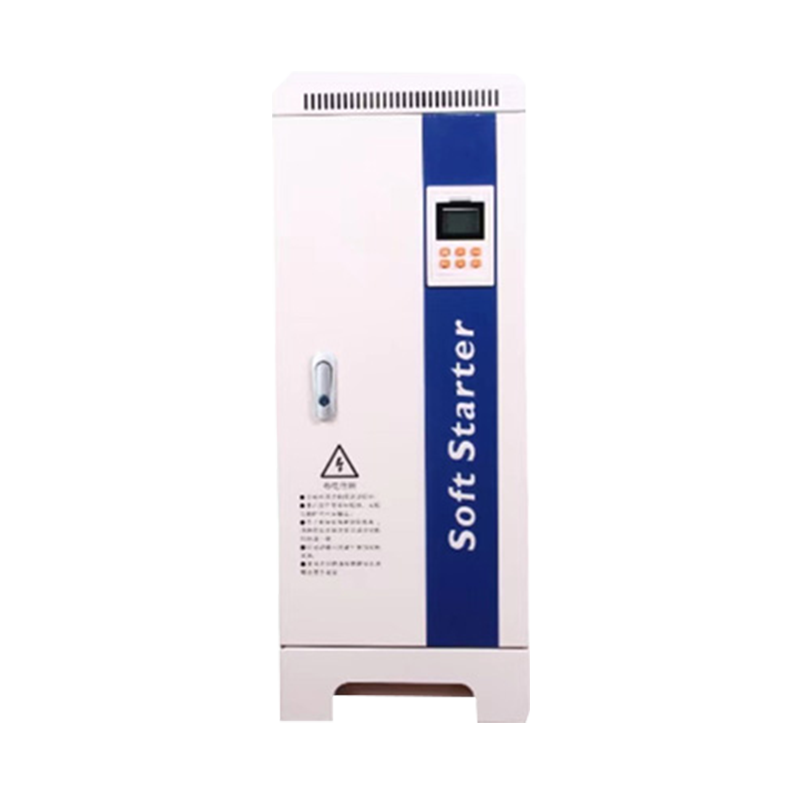
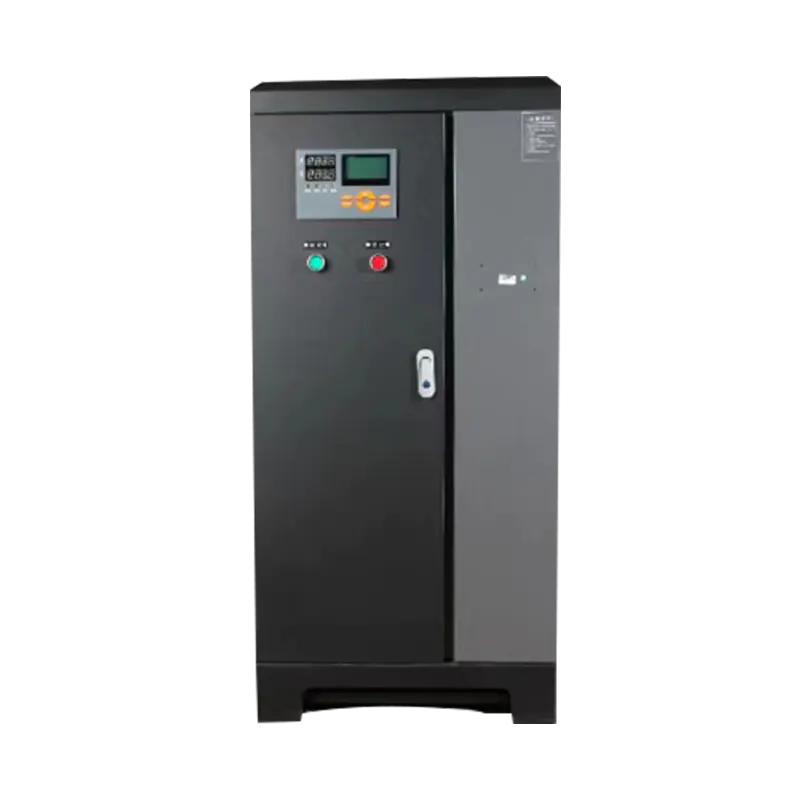

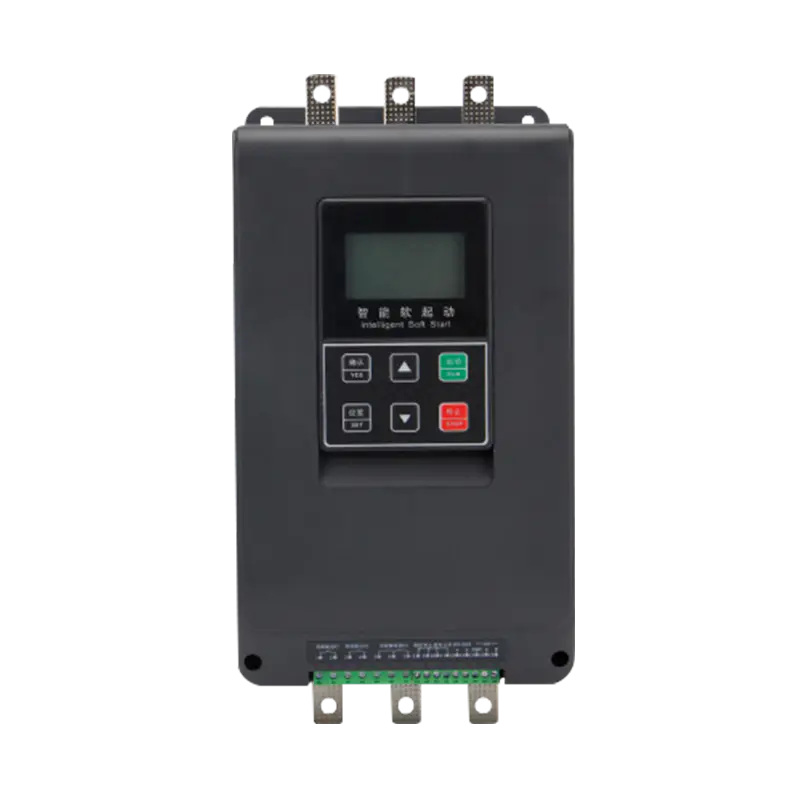

 浙公网安备33038202003754号
浙公网安备33038202003754号